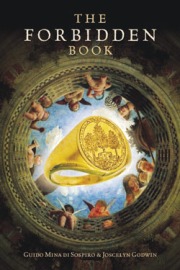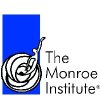 J. Briggs and F.D. Peat (1999) describe a link between Chaos Theory and the creative act of making and remaking our world and Being in terms analogous to those encountered in the German philosophical tradition, e.g., Kant, Schopenhauer, Nietzsche, and the philosophy of primordial truth and the work of art in Heidegger. Against the traditional notion of truth that comes by means of “technique, discipline, or logic,” Briggs and Peat write of a unique form of truth that manifests in moments of creative activity as “something lived in the moment and expressive of an individual’s connection to the whole” (p. 21).
J. Briggs and F.D. Peat (1999) describe a link between Chaos Theory and the creative act of making and remaking our world and Being in terms analogous to those encountered in the German philosophical tradition, e.g., Kant, Schopenhauer, Nietzsche, and the philosophy of primordial truth and the work of art in Heidegger. Against the traditional notion of truth that comes by means of “technique, discipline, or logic,” Briggs and Peat write of a unique form of truth that manifests in moments of creative activity as “something lived in the moment and expressive of an individual’s connection to the whole” (p. 21).
This notion of truth is more primordial than any of our formal notions of truth (e.g., propositional truth) and is connected with a type of knowledge, or better, understanding that represents a “deeper authenticity and ‘truth’ about our individual experience of being in the world” (p. 20). Importantly, as related to Heidegger’s philosophy, this notion of truth, which is revelatory and ecstatic in nature, holds the potential to (1) disrupt the mechanized patterns of our rote day-to-day existence, an existence that conditions us in an inauthentic manner, and (2) awaken in us a creative “vortex,” or center, in which the processes of bifurcation and amplification open the potential for a new principle of self-organization and self-reorganization. As the authors stress, releasing ourselves to the “chaos” attunes us anew and colors our “vision” in a way that allows us to understand and discourse about our existence in a renewed manner.













